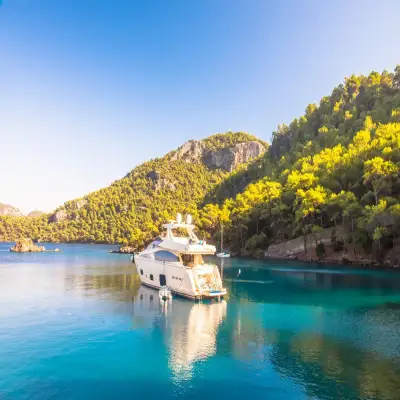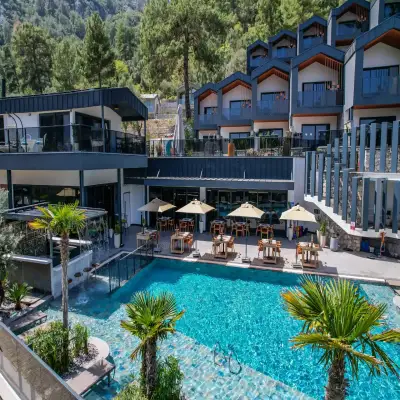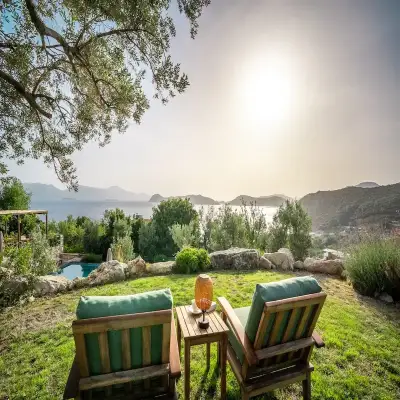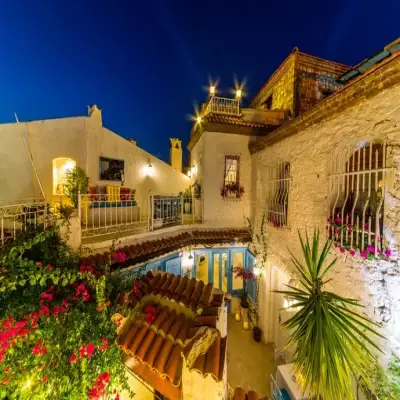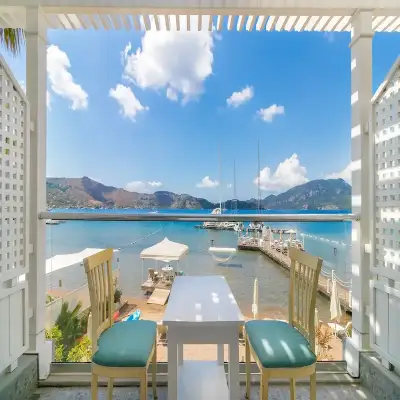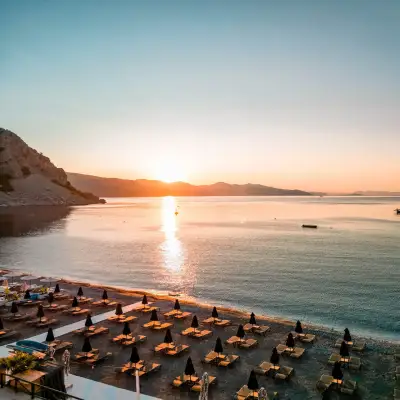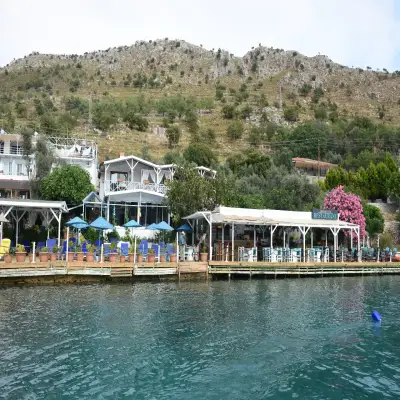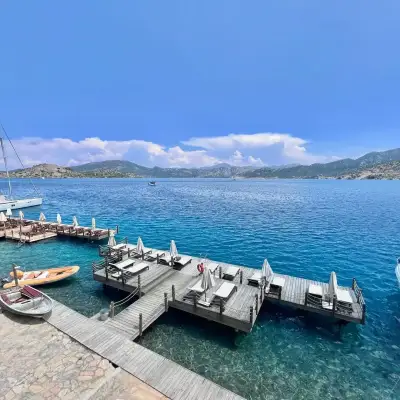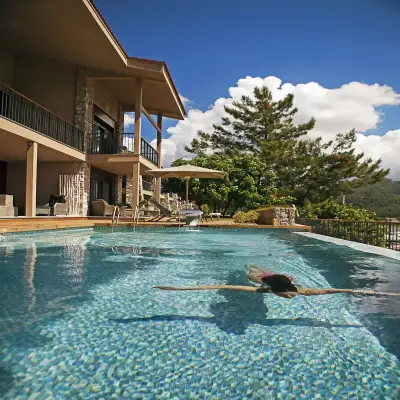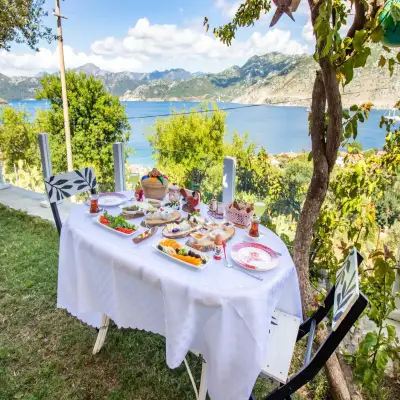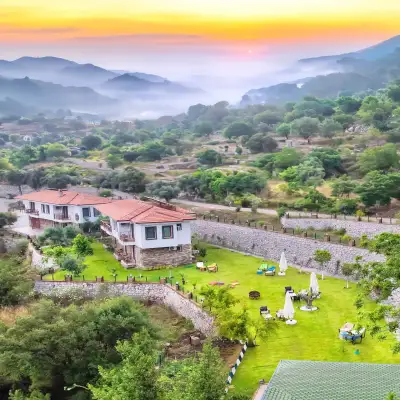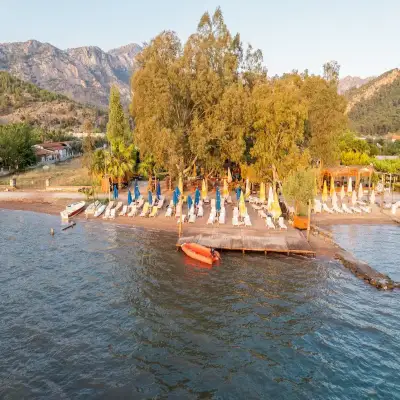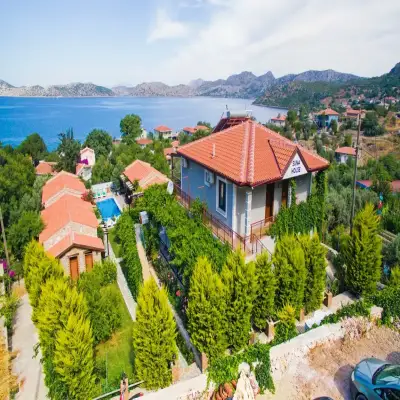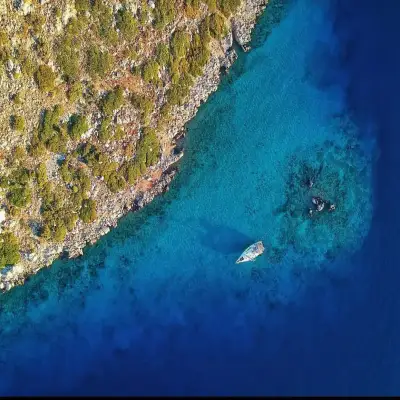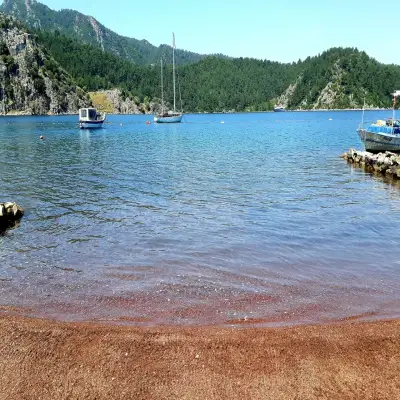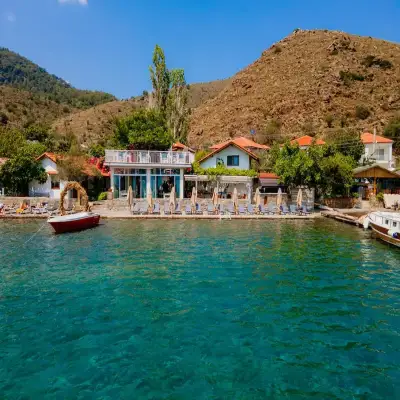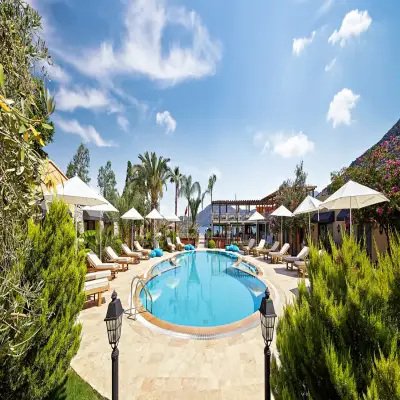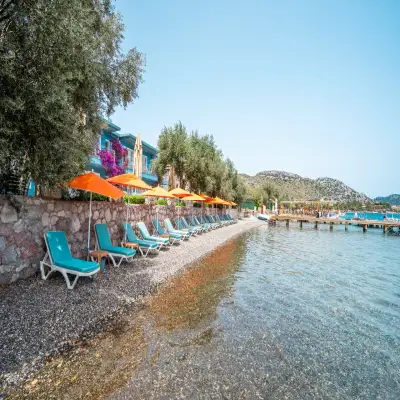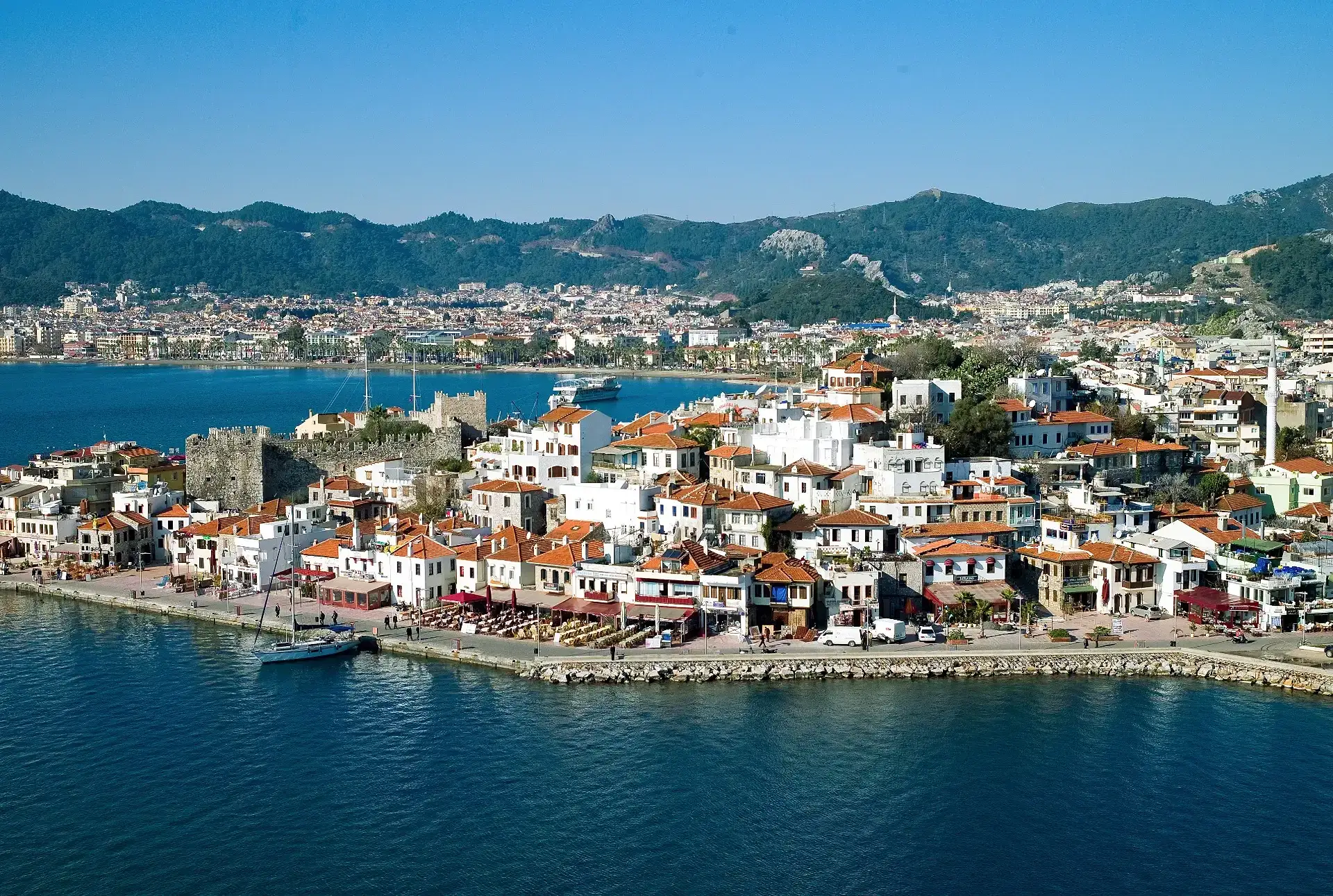
Marmaris Guide
Marmaris, which dates back to ancient times, has been home to many deep-rooted civilizations in the past. The town, which hosted civilizations such as Ionian, Assyrian, Egyptian, Roman, Byzantine and Ottoman, joined the territory of the Republic of Turkey with the Treaty of Lausanne. Today, you can still see traces of ancient civilizations in many parts of the district. Although some of them have disappeared, even the ones that remain are really worth seeing. There are many different ancient cities within the borders of the region. Marmaris has a typical Mediterranean climate. The summers are quite hot in the region and the summer season lasts quite long compared to many other regions. With its different fun life during the day and different fun life at night, Marmaris has holiday options that will appeal to everyone's taste.
Marmaris is also very close to many holiday resorts, historical and touristic places due to its location. You can go to many places and have fun by organizing daily tours. Thousands of local and foreign tourists come to Marmaris every year. The number of quality and comfortable Marmaris hotels where incoming guests will stay is quite high. This number is increasing day by day. It is possible to find many different quality accommodation facilities in Marmaris. From a holiday hotel to a boutique and small Marmaris hotel, from a pension to an apart hotel, you have many different options. Marmaris hotels are generally located in the center of the town. In addition to the hotels located by the sea, you can also choose Marmaris boutique hotels located a little further inland.
If you wish, you can also choose accommodation facilities in towns such as Selimiye, İçmeler and Bozburun. These places offer quieter holiday opportunities compared to the center. Marmaris hotels are generally open all year round, but there are facilities that open only during the summer holiday season. Therefore, you may need to research in advance and make a reservation if possible.
You can check our Marmaris Hotels page for accommodation options.


